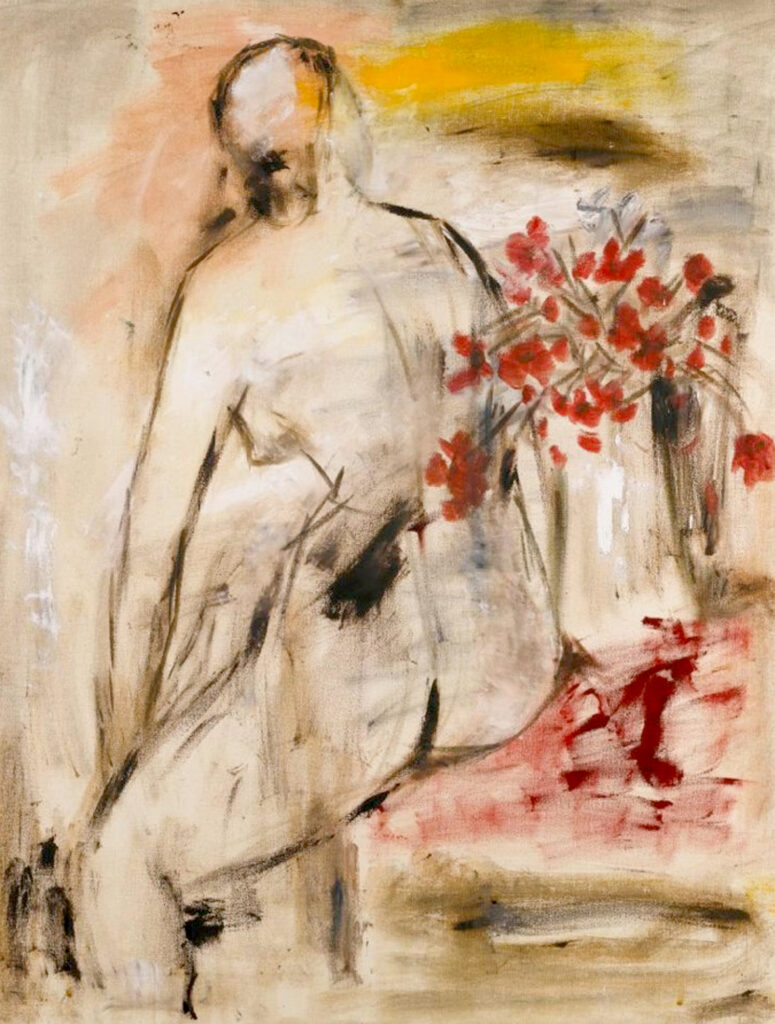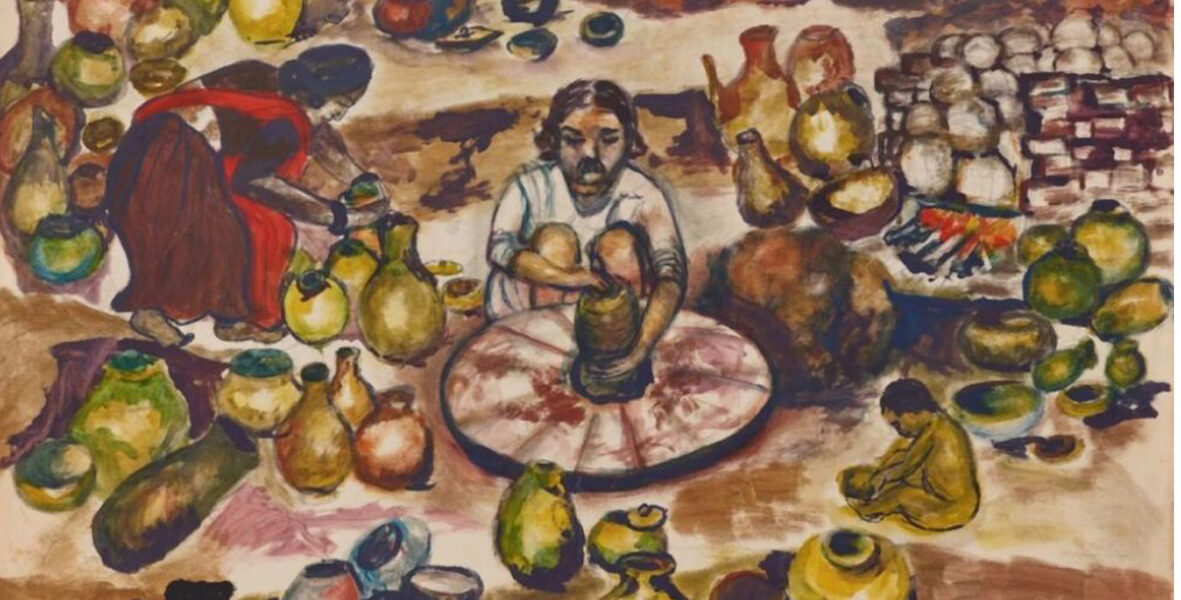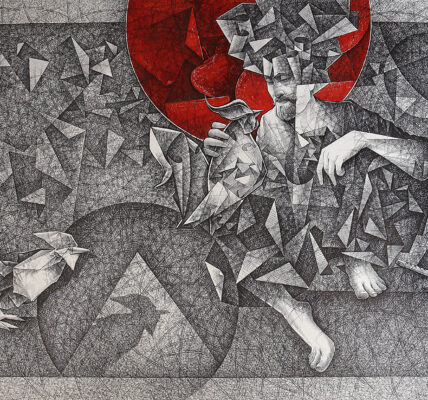Emotional Turmoil through Painting
K H Ara, born in 1928 in Mumbai, was a key figure in the development of modern Indian art. A member of the Progressive Artists’ Group, Ara’s work is celebrated for its bold use of color and innovative approaches to form and composition. His artistic journey began at the Sir J.J. School of Art in Mumbai, where he developed a distinct style characterized by vibrant colors and a modernist sensibility.
One of Ara’s notable works is “The Mad Woman” (1950), a poignant depiction of emotional turmoil that showcases his ability to convey complex human emotions through abstraction. Another significant piece, “The Fisherwoman” (1960), captures the essence of daily life in Mumbai with a blend of realism and abstraction, reflecting his interest in the human condition and everyday struggles.



Ara’s work is deeply rooted in his observations of urban life and his engagement with contemporary issues. He drew inspiration from the bustling streets of Mumbai, incorporating elements of local culture and social dynamics into his art. His style evolved from traditional figurative work to more abstract compositions, reflecting the broader changes in the Indian art scene during the mid-20th century. Ara’s career was not without controversy. His modernist approach often clashed with traditionalist views, and his work sometimes faced criticism for its departure from classical Indian art forms. Nevertheless, K. H. Ara’s contributions to modern Indian art are widely recognized, and his legacy continues to influence new generations of artists. His paintings are held in prestigious collections, including those of the National Gallery of Modern Art in New Delhi and the Mumbai Art Gallery.






Very good article and an interesting read on K.H.Ara.